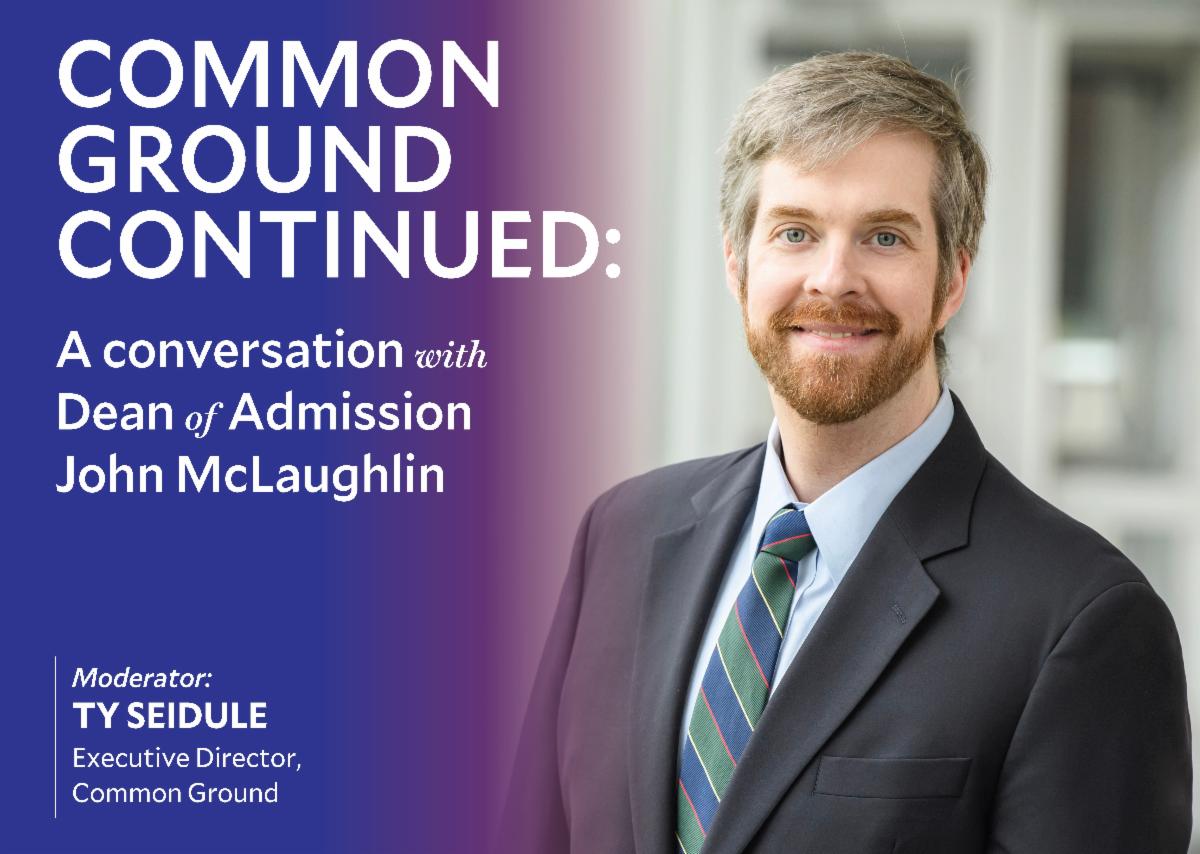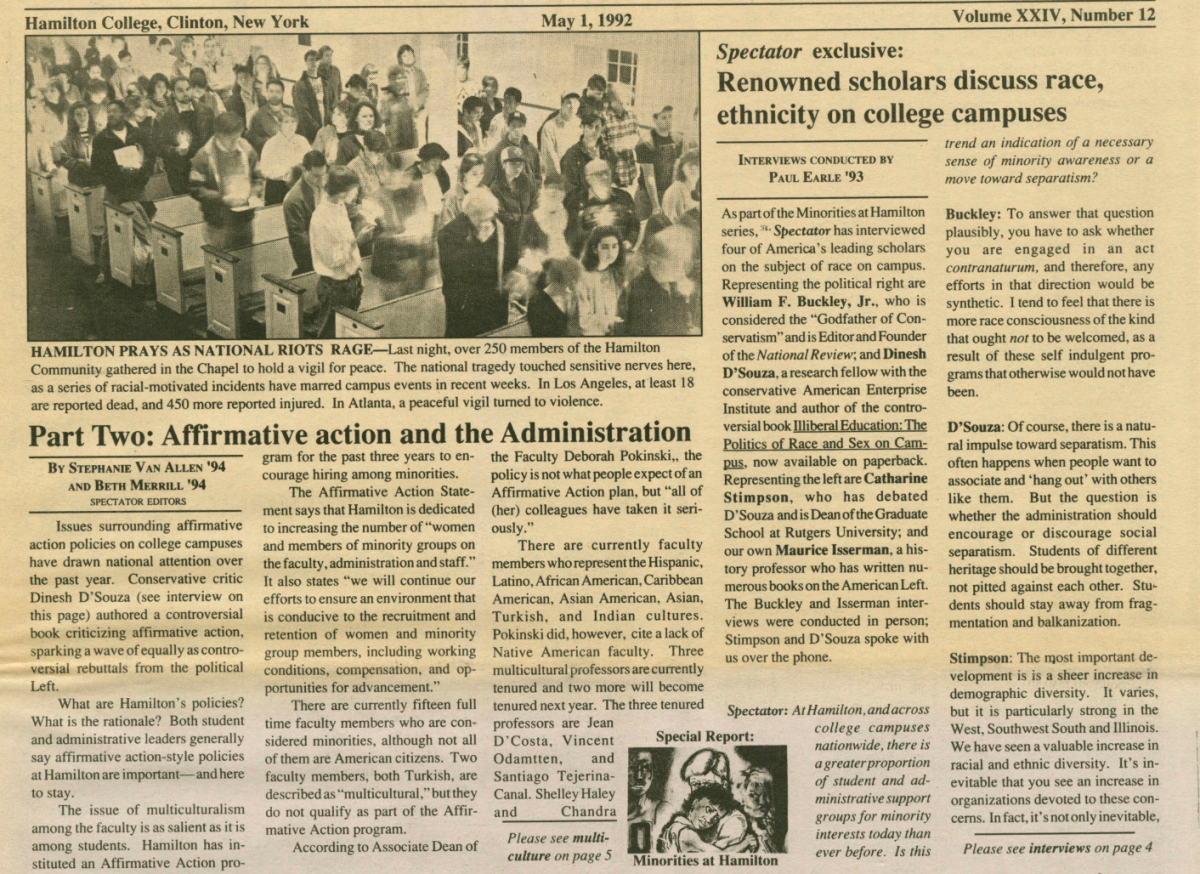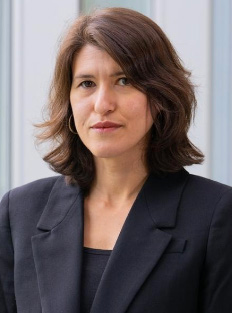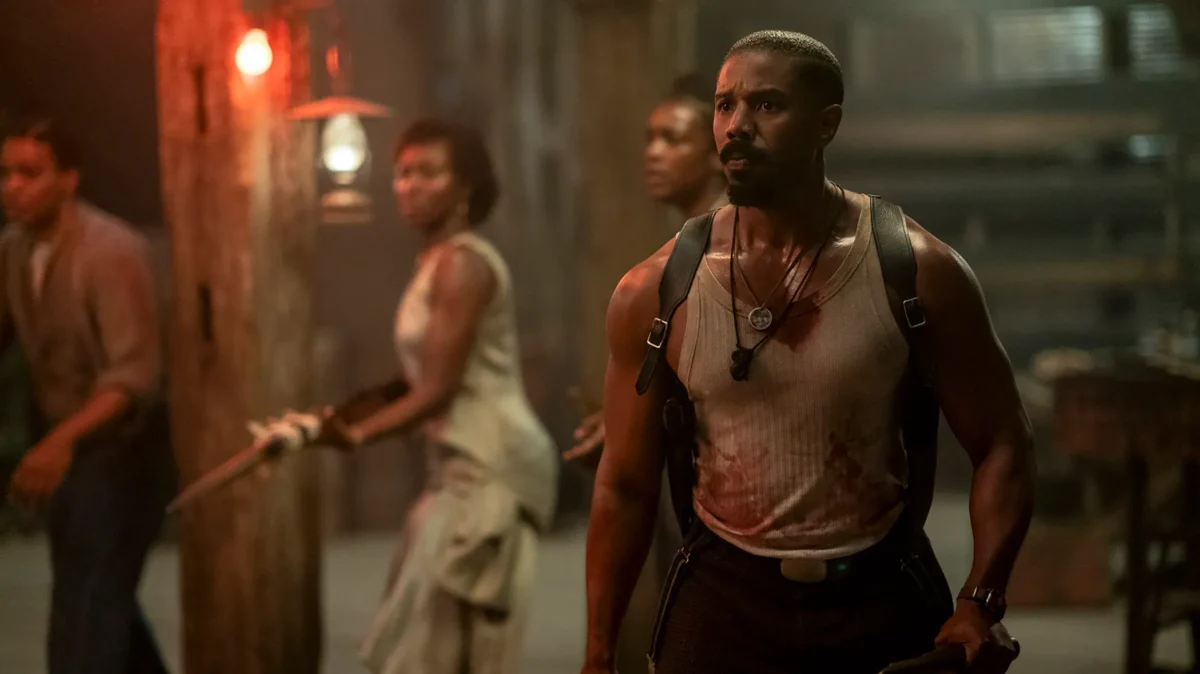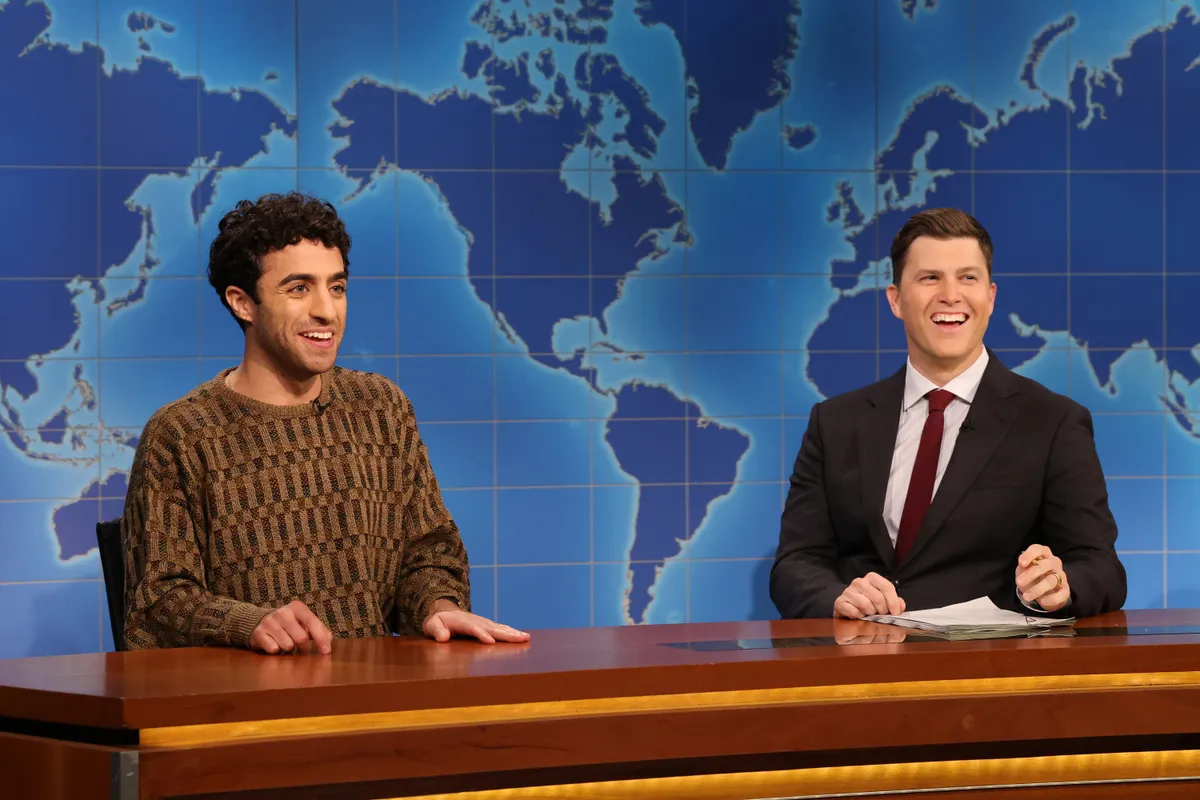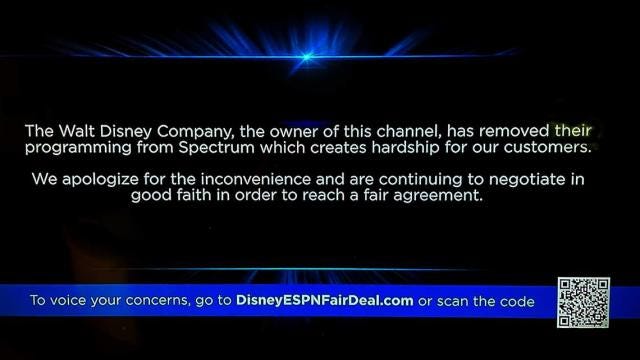
The standard “David vs. Goliath” narrative usually does not involve one multi-billion dollar corporation fighting a bigger multibillion dollar corporation, but that is what the realm of American media has come to with Disney’s content jurisdiction over Spectrum. Uncharacteristic of the affluent conglomerate that they are, Spectrum is ironically struggling to pay rising subscription fees just like any typical American consumer.
Spectrum TV’s parent company Charter Communications has amassed an asset sheet worth $144.9 billion compared to the Walt Disney Company’s ~25% higher valuation of nearly $202.1 billion, according to
Forbes
. Normally, a company, entity or even a single person who is revolting against a dominant force initiates such a dispute for the sake of something severe being at stake. It is easy to dismiss Spectrum as simply being a casualty of the increasingly monopolizing force of Disney in the world of audiovisual media, but they have now accidentally become the entertainment martyrs for almost 15 million unconsenting subscribers and patrons (Syracuse.com).
Thursday, Aug. 31, marked the formal premiere of the long-awaited college football season, where time is of the essence for networks who often get to enjoy about three to four months of concentrated viewership on the sport. Spectrum went AWOL though. All that flashed on the screens of millions of eager Spectrum viewers that have starved for months without college football was a blatant declaration of war against Disney: “The Walt Disney Company has removed their programming from Spectrum which creates hardship for our customers,” Spectrum claimed (Syracuse.com). Additionally, Spectrum explained that they “offered Disney a fair deal, yet they are demanding an excessive increase…” (Syracuse.com).
The statement is reminiscent of the same disgruntlement that has upended the entirety of the scripted film and television industries, but it is awfully eerie for the sentiment to be shared by a powerful conglomeration, like Charter Communications. This is particularly the case when it has been assumed that cable providers are those who seemingly would be the party dictating the terms of agreement with their content providers, but this dispute with Disney has revealed the opposite and disheartening truth.
The Spectrum-Disney beef follows the coattails of the SAG-AFTRA strikes, where disparate producers of entertainment could not reach a line of equivalence that has become further inflamed by the impatience of consumers who ultimately want what they paid for in the form of subscriptions. A resolution of this ordeal would obviously necessitate a reunification between SAG-AFTRA and their respective overarching studios. In contrast though, neither Disney nor Spectrum actually produce the desired content in-house at hand, meaning that college football will not heed at the discretion of its broadcasters (even if it is also within their monetary interests to get their games back online due to specific conference broadcasting deals).
Every major sports league in the United States has local channels or all-encompassing linear packages, like the NFL’s RedZone or the NBA’s League Pass, but the myriad disparate interests between college football conferences that wield different levels of prestige complicates the situation. For example, the University of Florida college football team is projected to have an uninspiring year ahead of them, so national placements are essential to maintaining their brand value in light of a drop in actual caliber of play. Therefore, it is to the Gators’ chagrin that their ESPN spotlight was hidden behind the wall of business negotiations that is the Spectrum-Disney altercation. This trickles down; less public visibility for a major public university means less impressionability on prospective students, and for NFL-aspiring Florida football players who would like to potentially improve their professional stock by excelling at the national level. This dripping effect applies to the SAG-AFTRA strikes; as the idealization of creative arts as a feasible occupation diminishes in the public view, it may discourage those who would embark in fields like creative writing or film to the extent that even liberal arts schools like Hamilton College feel the runoff of this disaffection. The eventual hope is that the benefits of compromise will outweigh the detriments of contractual scuffles like this but only time will tell.

